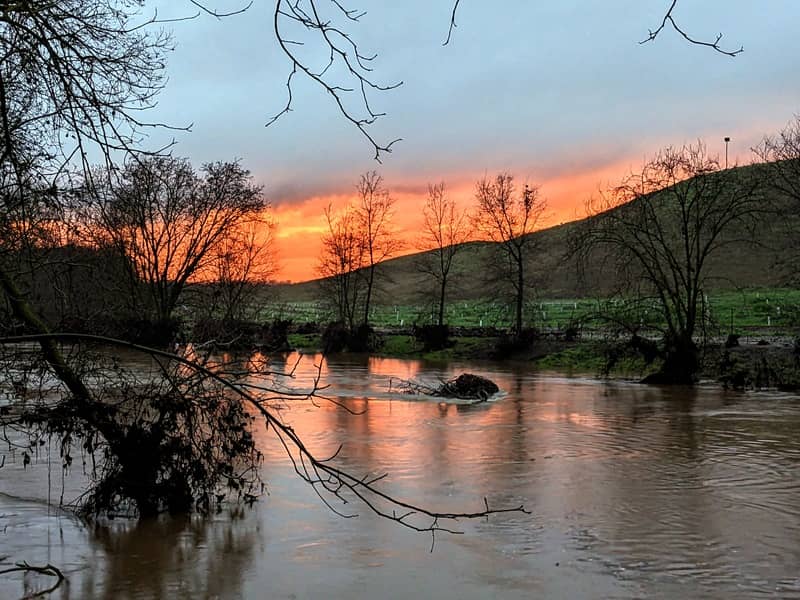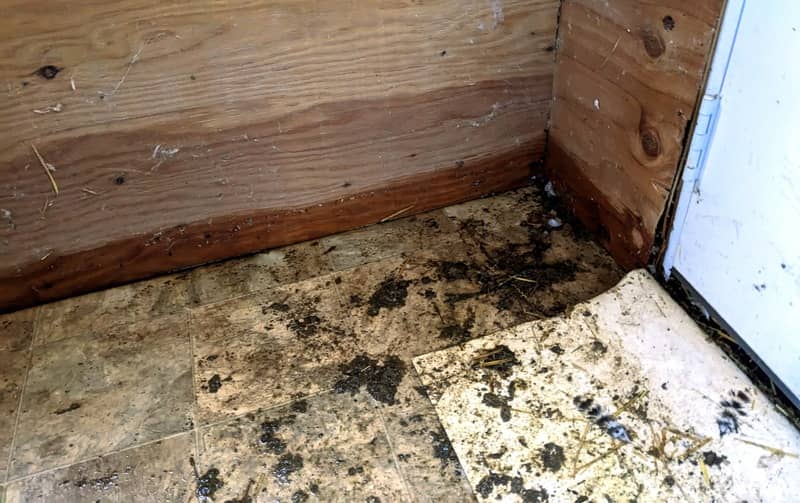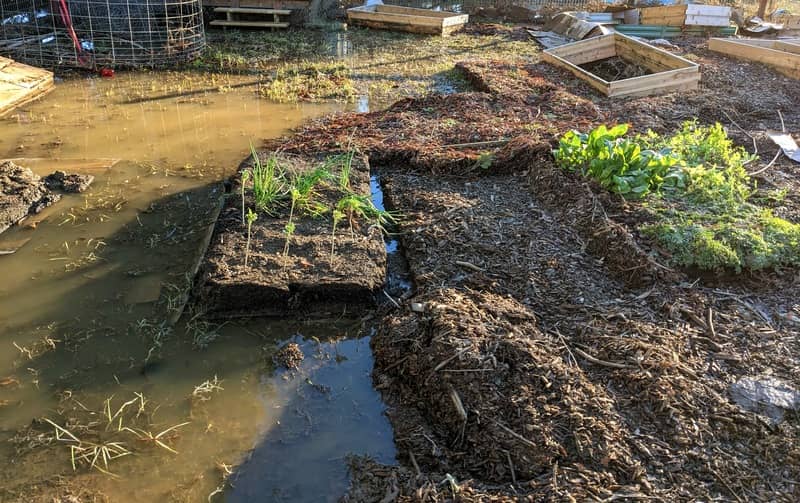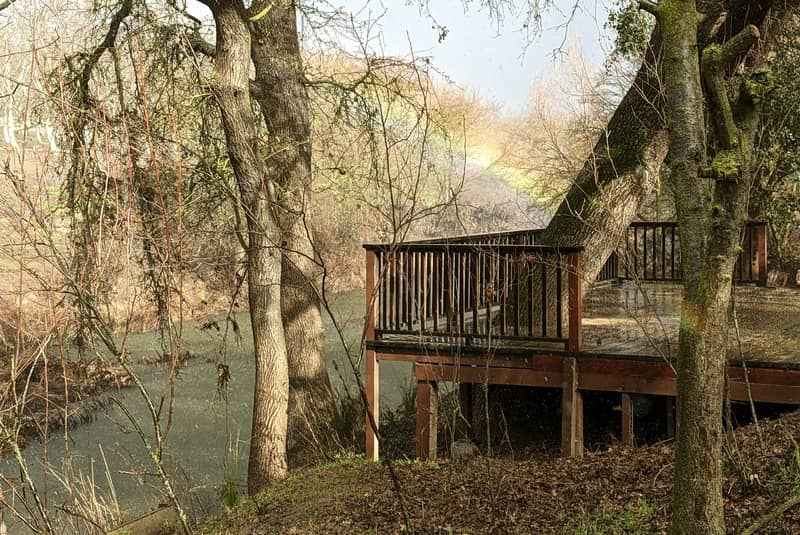I could not write during the throes of the recent California winter. The weather had declared that there would be no time for such activities, demanding attention on a daily basis through howling winds and cracking tree trunks. A desperate need for rain and then suddenly nowhere to put it, the ensuing damage became a consistent battle as waters broke creek banks and brought to bear debris and cold flowing waters to land that have longed to see it. No, winter would not quietly pass this year, it would make itself known.
The house and land was still largely new to us; we had not experienced winter here. Neighbors lamented past winters. “It floods from time to time, that water came up right to the back of that house!” they would exclaim, but in another breath could not recall the year or the rain amounts that caused it. Historical records were scarce; the previous owners could not recall flooding during their time in the house; FEMA noted the likelihood of flood was at best every 25 years.
We had taken precautions months before the storms and the predictions came. This was not without omen; on the back of late summer wind, a snapped willow missed the house by only a short distance. Every tree was soon inspected—by count nearly 100—trimmed as needed and replaced as required. Not easy nor inexpensive but in hindsight as the storms came, necessary.
Little data was available for our creek but an inverse relationship with a 10 mile downstream gauge was theorized based on rising and falling levels we observed. As the larger atmospheric rivers began to find their paths to shore, it became clear that our preparations were not going to be enough. We quickly established high ground; we set up temporary shelters for our small flocks of chickens, ducks, rabbits, and guinea pigs. In pounding rain and hail, creek waters rising under foot, we moved our wintering bees hives a second time to even higher ground through muck and mire.
 Flood waters begin to rise in Dry Creek near Waterford, California in January 2023. The previous flood line is viewable in the debris line in the trees.
Justin Ribeiro
Flood waters begin to rise in Dry Creek near Waterford, California in January 2023. The previous flood line is viewable in the debris line in the trees.
Justin Ribeiro
When the water finally broke the first time on New Year’s Eve night, the darkness hid its arrival. The morning showed waters had climbed upwards of 40 feet up the creek bank and covered our back acre with at least three feet of water, scattering fences, feed, and structure into the riparian habitat. Neighbors rushed to secure all matters of livestock and equipment. Assessments were made, repairs planned.
 Water seeps through the walls and floor of the chicken coop as flood waters rise.
Justin Ribeiro
Water seeps through the walls and floor of the chicken coop as flood waters rise.
Justin Ribeiro
Then it happened again with the next set of atmospheric rivers. And again. And again. In all, the flooding was nearly continuous along the creek, and flooded property no less than four times to varying depths of water over the course of the winter.
We were lucky. No loss of life, our homes secure, which for many during the winter in California was not sadly not the case.
 Planter boxes washed away, the outlines and winter garden grow as flood water recede.
Justin Ribeiro
Planter boxes washed away, the outlines and winter garden grow as flood water recede.
Justin Ribeiro
Our challenges seem pale by comparison. Our well was contaminated from the flooding and unusable for over a month while repairs were made. Even with all the tree work, high winds and tornado warnings—a rare thing here in the Central Valley of California—sheared 16 foot sections off the top of a few 100 feet tall redwoods. Various large branches from trees unknown crashed and damaged our roof—three major holes in all—which were only able to be repaired this last week in June. Broken irrigation pipes spring eternal from the now drying and shifting land. Fences and structures are now put back standing. The garden grows again.
No, winter did not allow time for writing. But the memory is firm in my mind, the cold rain and the frigid flood waters, as I stare out over the creek and wonder what the next winter brings.
 A rainbow appears in a thunderstorm over Dry Creek near Waterford, California while mending fences damaged by flooding.
Justin Ribeiro
A rainbow appears in a thunderstorm over Dry Creek near Waterford, California while mending fences damaged by flooding.
Justin Ribeiro